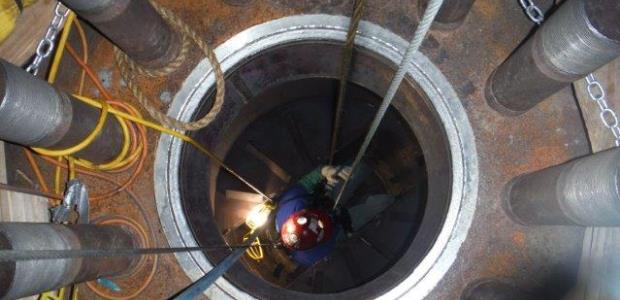
By Chris Koester
Not being able to rescue a worker from a confined space has a devastating impact on the company and, more importantly, the employees.
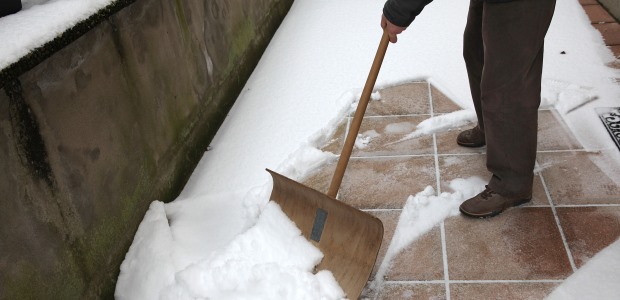
By Karen D. Hamel
People living in cold-weather climates can take winter hazards for granted, but this can make it easier to overlook or dismiss hazards that can be easily eliminated before the temperature drops.

By Clare Epstein
Part of the appeal of microlearning is that it can be administered just-in-time and just enough. And it makes learning an ongoing process.

By Jerry Laws
The National Safety Council's "Injury Facts, 2017 Edition" informs us that the most expensive lost-time workers' compensation claims are for those involving the head and central nervous system.
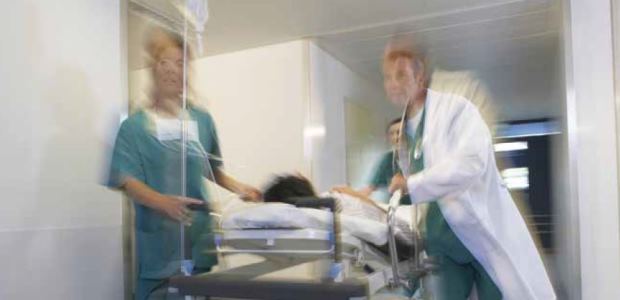
By John M. Eliszewski
The assumption is that all the accrediting organizations and CMS will be looking more deeply at Emergency Management standards starting this November.
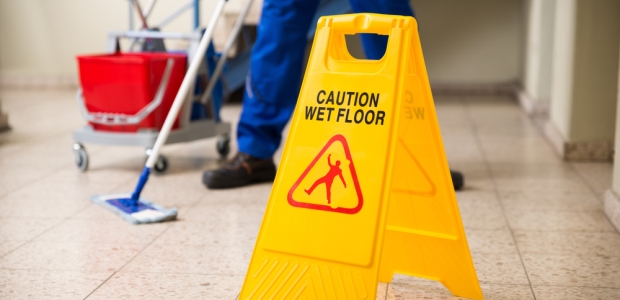
By Vicky Adams
Administrators must stay on top of floor conditions and install safety signs only when a potential hazard exists.

By Jerry Laws
OSHA and the American Chemistry Council have joined in a two-year alliance to raise awareness of workers' exposure hazards and promote the chemicals' safe use in the polyurethane industry.

Over time, health risks for workers from uncomfortable single-use gloves can greatly decrease productivity, encourage more frequent workplace safety violations, and increase the risk of significant medical issues.
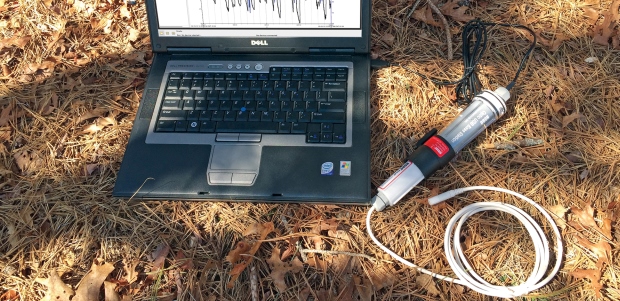
By Paul Gannett
For outdoor field monitoring, data access can be a critical issue—especially in hard-to-reach or limited-access locations.
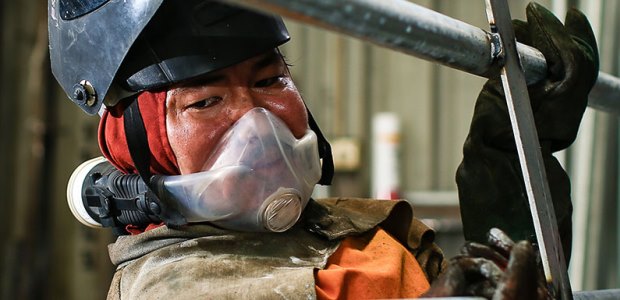
By Rick Marquez
The powered air respirator market is ripe for innovation and technological enhancements.

By Andres Kronenberg
Climate change, renewable energy, low-carbon economy: For some, these are catchwords and arguments for a global ecological rethink. For others, they stand for a business segment that couples environmentally friendly technologies with a clear vision to ensure we can leave a world worth living in for future generations.
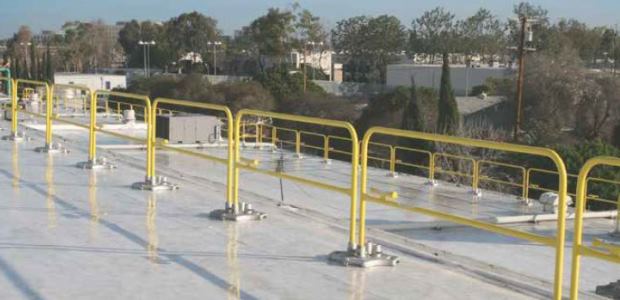
By Paul Sperling
Thorough fall protection requires a culture of safety as well as OSHA-certified fall prevention measures.
By Robert Pater
Want to continue developing stronger leadership skills? Mindfully monitor how small changes can create huge impacts.
By Jerry Laws
London Fire Commissioner Dany Cotton hopes the Grenfell Tower fire Inquiry will bring about a mandate for fire sprinklers in residential high-rise buildings and schools.
By
To shape, control, and influence performance in any organization, clarity should exist around what employees are required to do and what is most desirable.